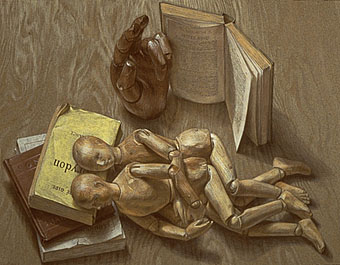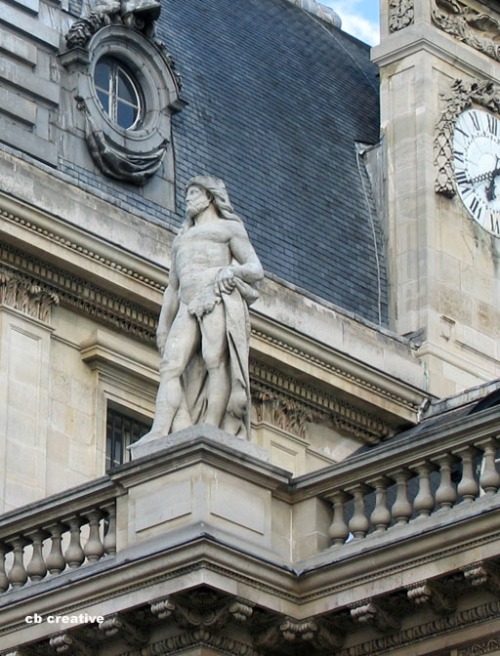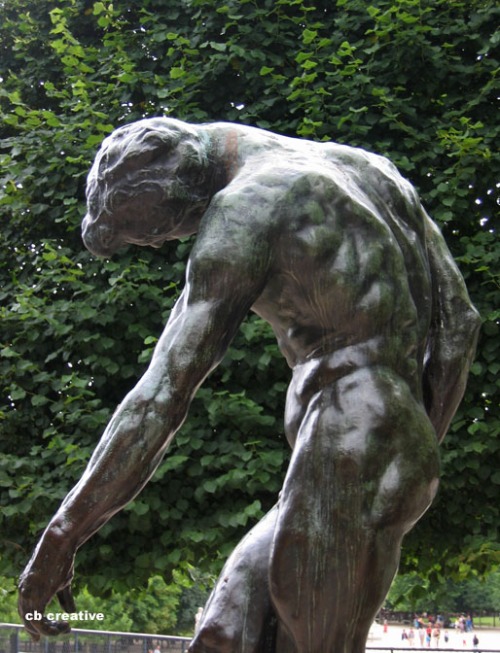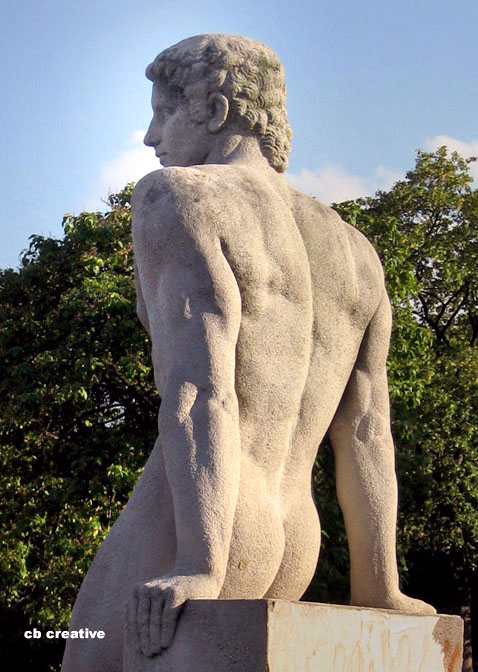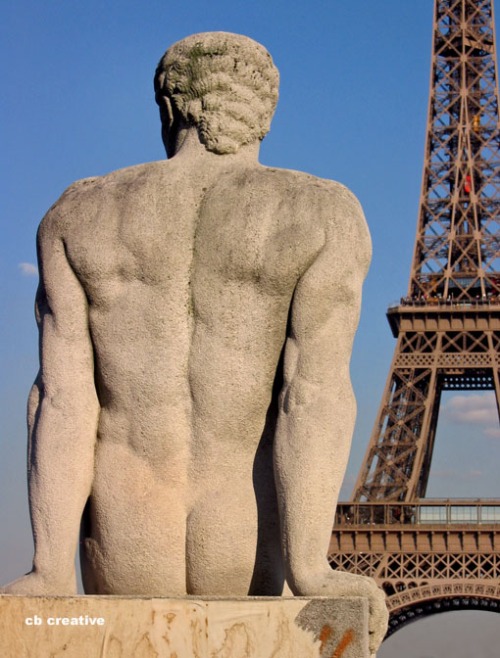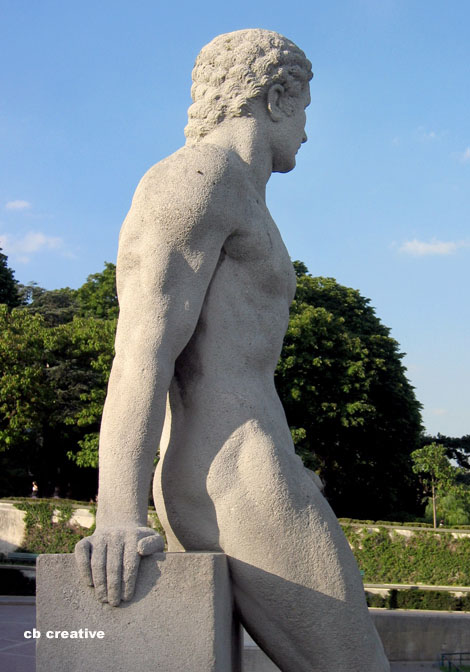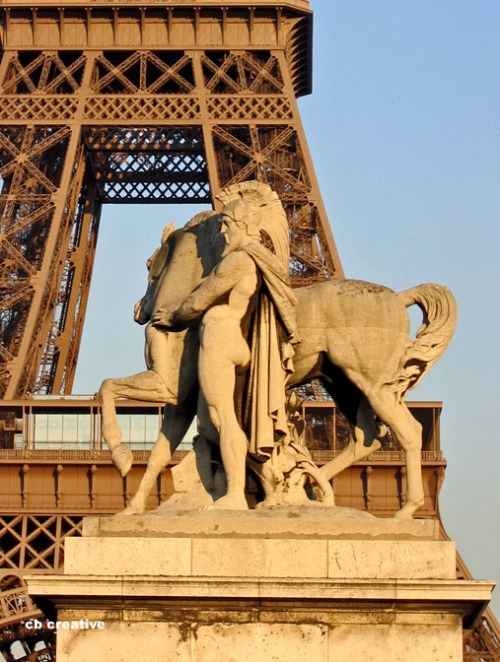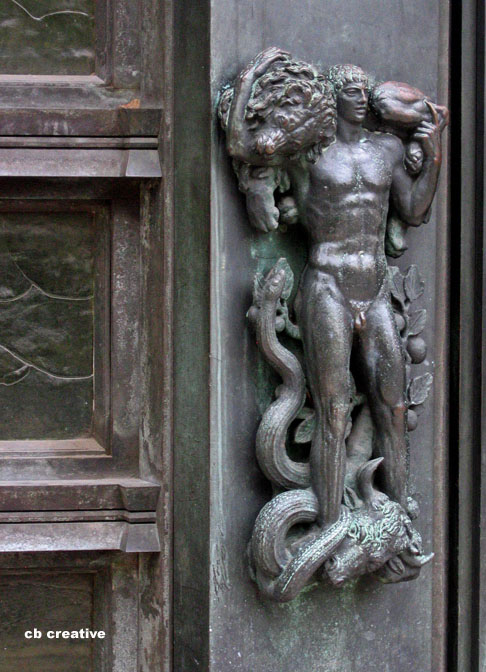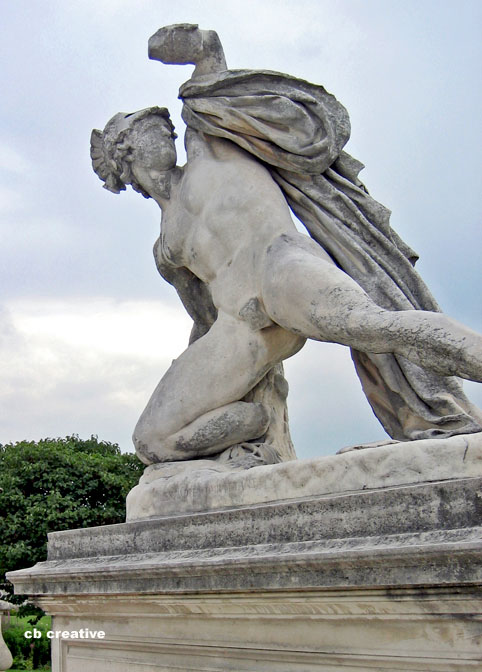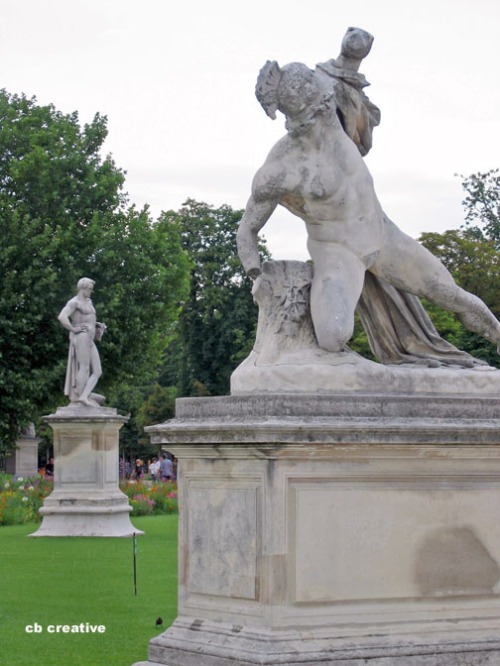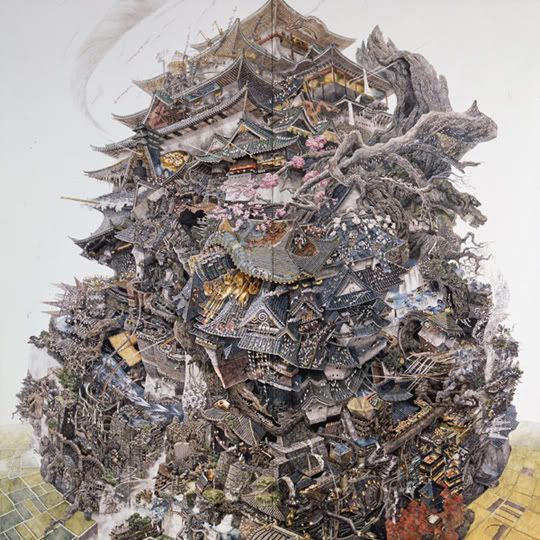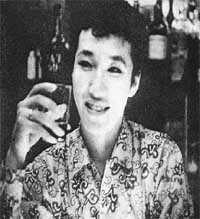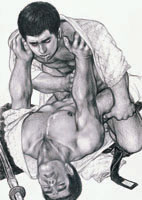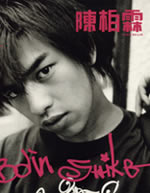Why not hang some on the Koran?

It’s curious that the sacred text of only one of the two faiths behind the exhibition was available for defacing:
A publicly funded exhibition is encouraging people to deface the Bible in the name of art — and visitors have responded with abuse and obscenity. The show includes a video of a woman ripping pages from the Bible and stuffing them into her bra, knickers and mouth.

The open Bible is a central part of Made in God’s Image, an exhibition at the Gallery of Modern Art (Goma) in Glasgow. By the book is a container of pens and a notice saying: “If you feel you have been excluded from the Bible, please write your way back into it.” ... The exhibition has been created by the artists Anthony Schrag and David Malone, in association with organisations representing gay Christians and Muslims.So why did these brave gays not also offer a Koran for scribbling critiques? It’s not as if gays couldn’t have a bone to pick with the faith that inspires some regimes to do this to young men just like them.
So why no Koran?
Source: Herald Sun Blogs
H/T: Gramfan
Note: Muslims Against Sharia do not advocate desecration of the religious texts. The article is merely posted to illustrate hypocrisy and warped sense of political correctness of the organizers as well as gross misuse of the public funds.
